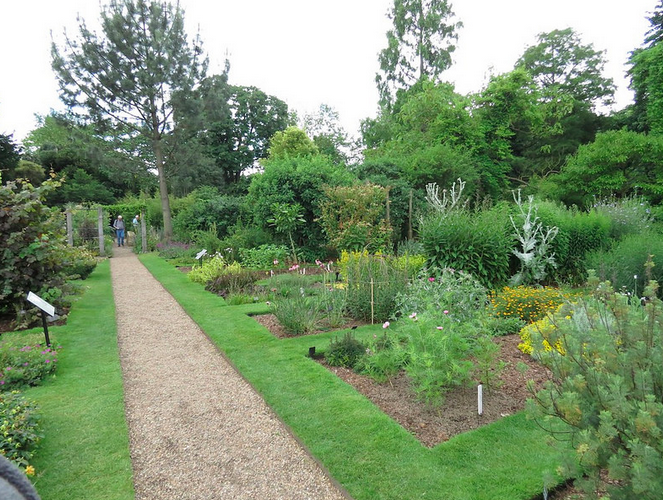
An apothecary's garden (also known as a physic's garden) is a form of garden where healing herbs and plants are grown. It was most popular up to the 1700s but still has a place in the gardens of herbalists and others interested in using herbs for well-being, health and restorative purposes. Today such gardens are also one of many styles of herb garden that a gardener may wish to grow.
History
In olden times, apothecaries were the forerunner to pharmacists. The apothecary's garden was important because it was a way to ensure that the herbs were selected for their safety first, and their benefits second. This meant that the apothecary didn't have to go into the wilds and risk selecting similar-looking plants that might have been toxic, but could be assured that what grew in the garden was always the safe version of any particular plant or herb.
Modern apothecary gardens
If you would like to visit a modern day apothecary's garden, you can visit the Chelsea Physic Garden in London, UK (see http://chelseaphysicgarden.co.uk/). Here you can find over 5,000 taxa, including medicinal, ethnobotanical, rare and endangered plants.[1]
Creating your own apothecary's garden
If you'd like to make your own apothecary's or physic's garden at home, consider setting aside a small area of your garden or yard for medicinal and healing herbs and plants. Choose ones that you are most likely to use and to transform into such products as teas, tinctures and lotions. Always know the safety of the herbs pr plants chosen, the contraindications associated with their use and the best ways of using the particular herbs or plants.